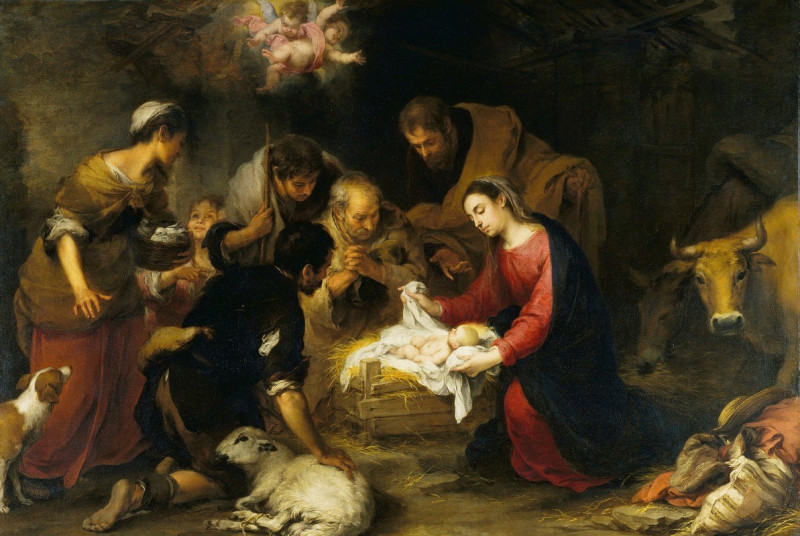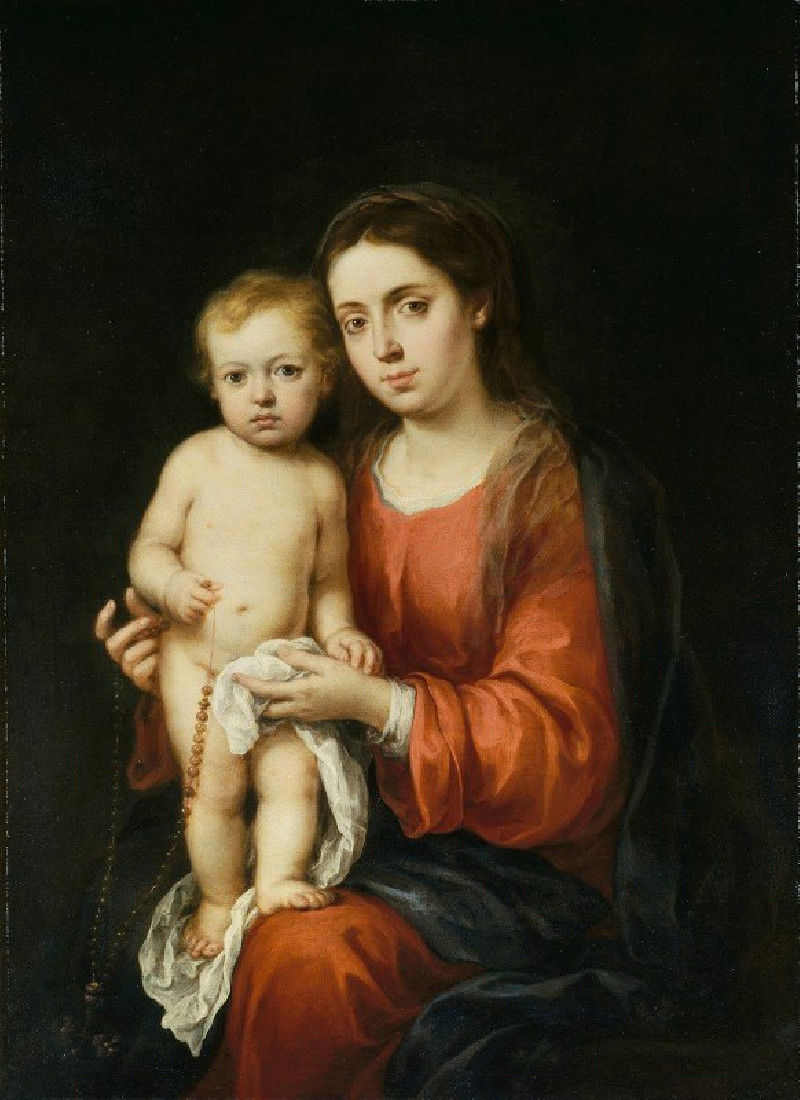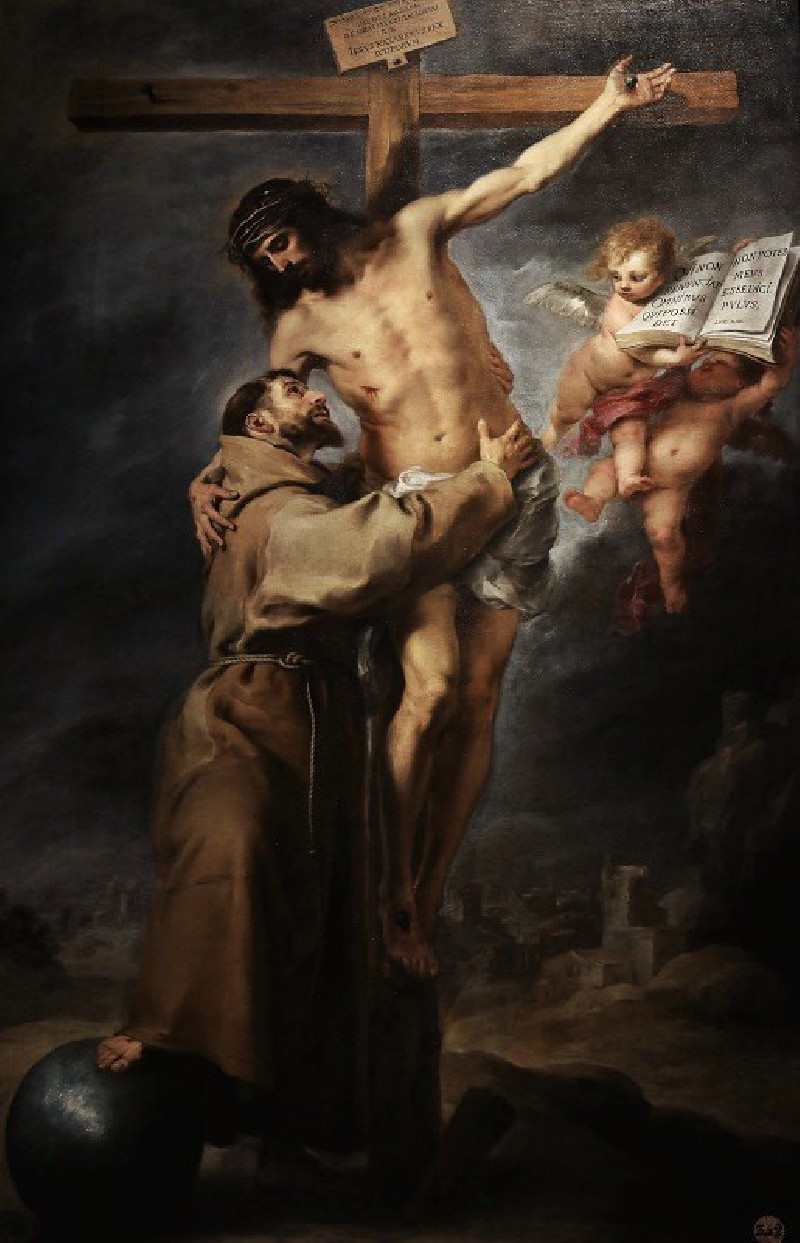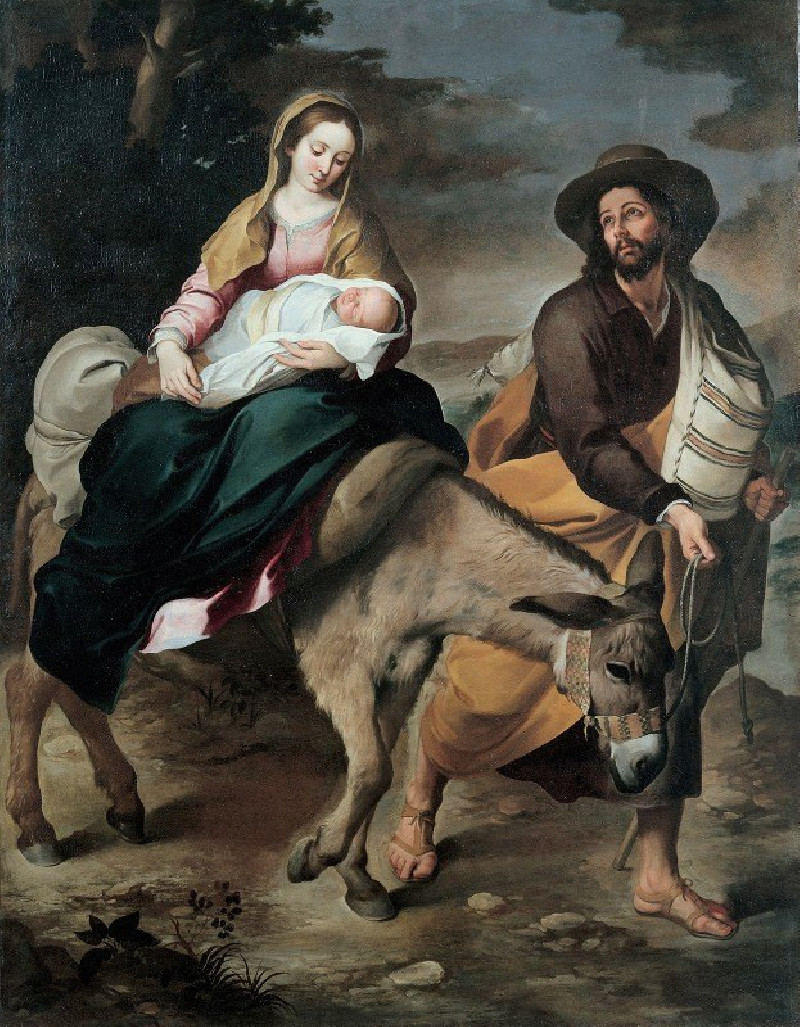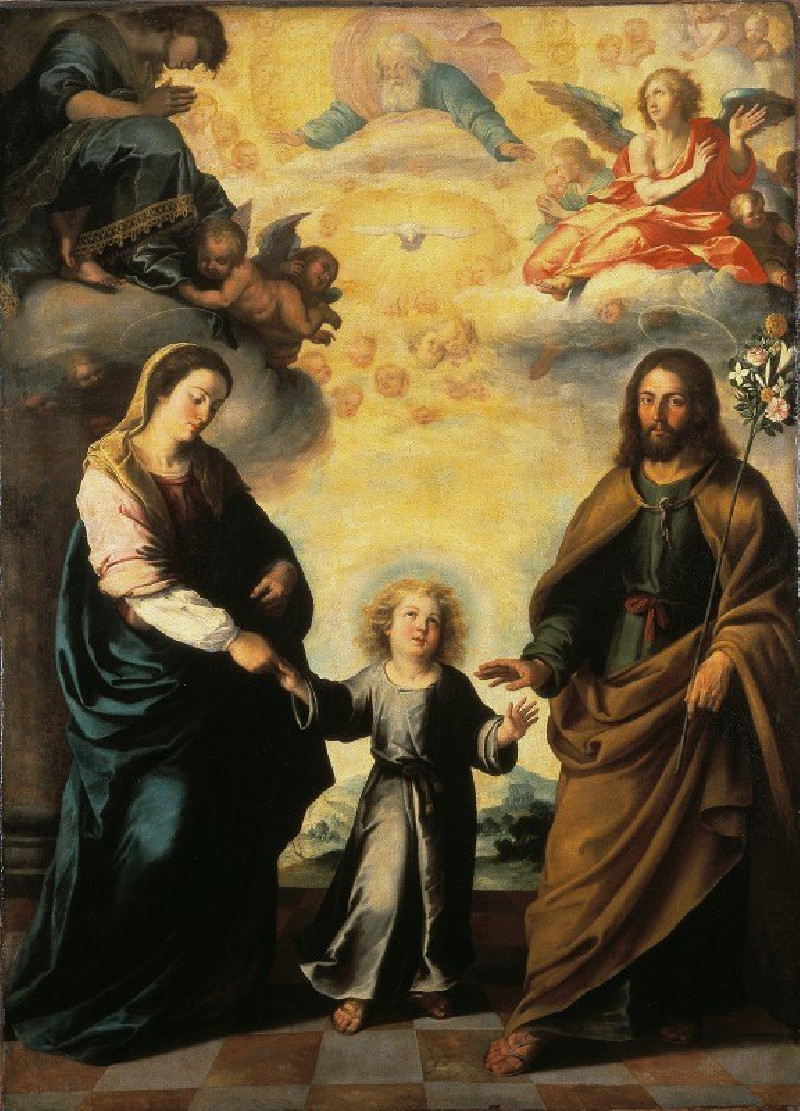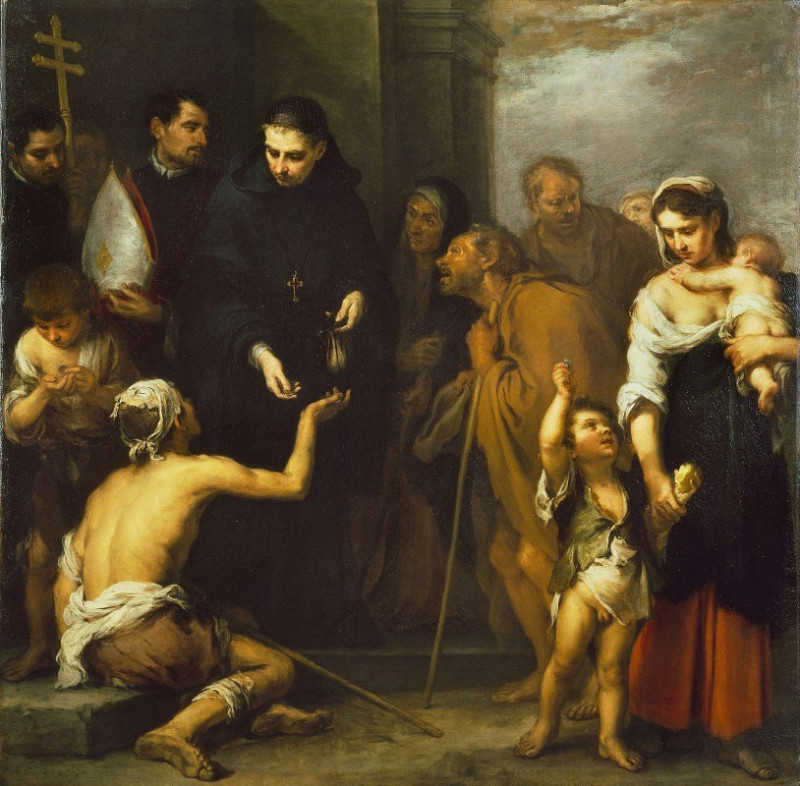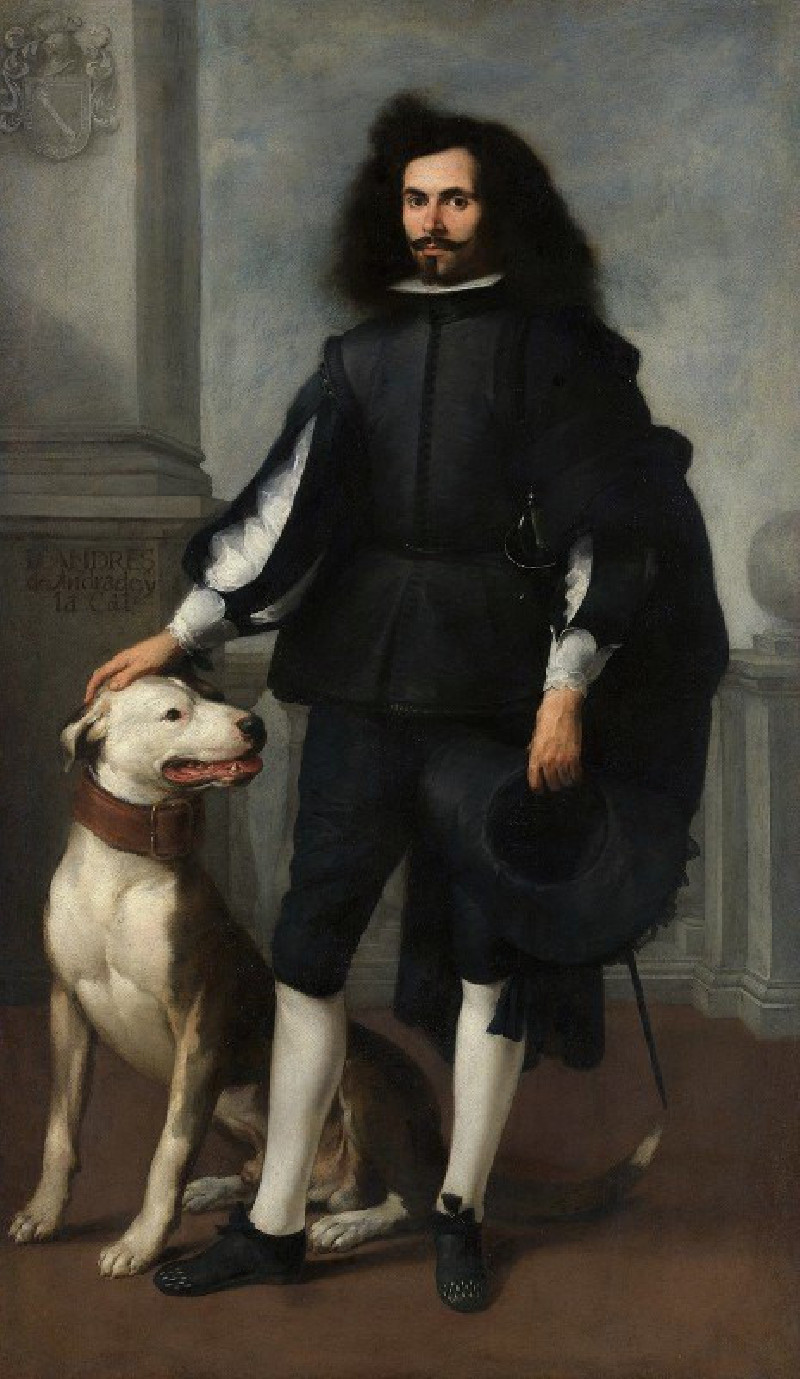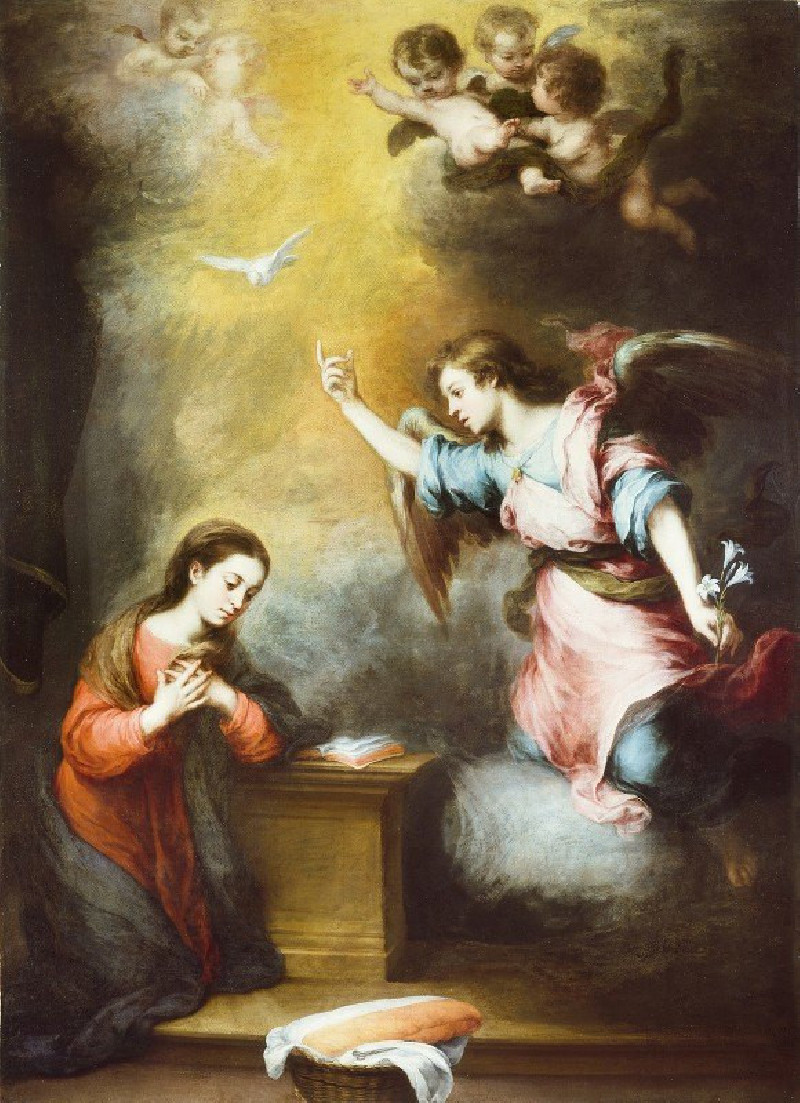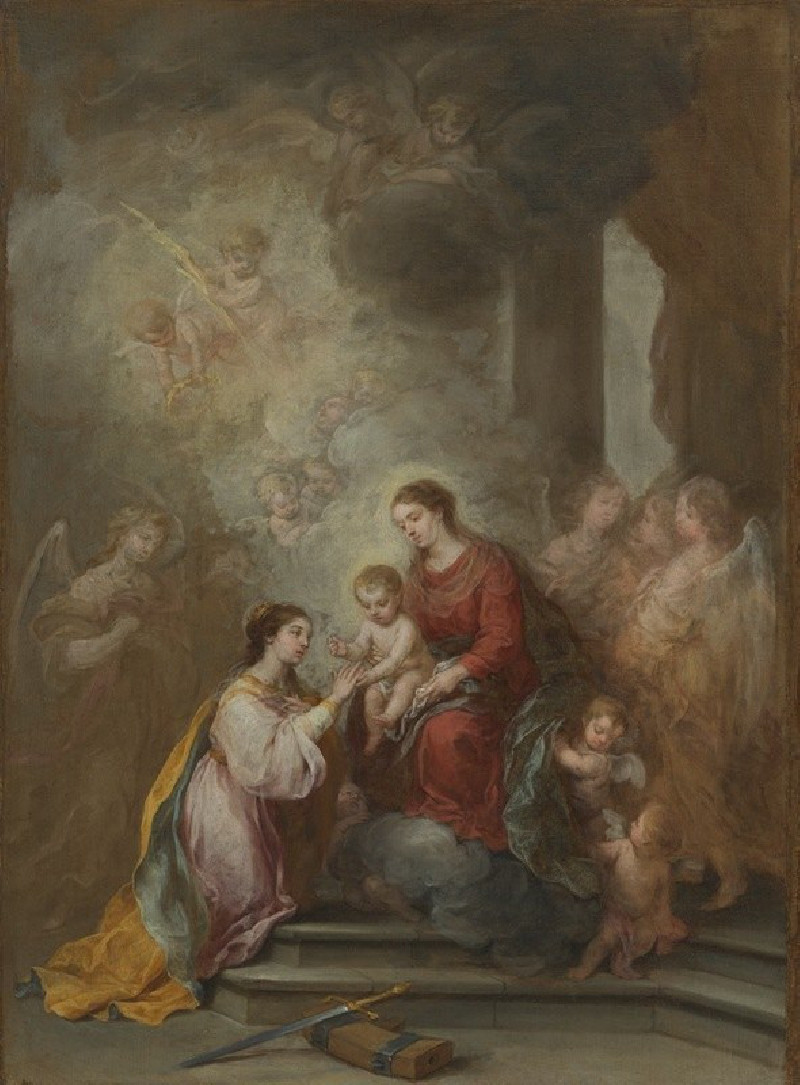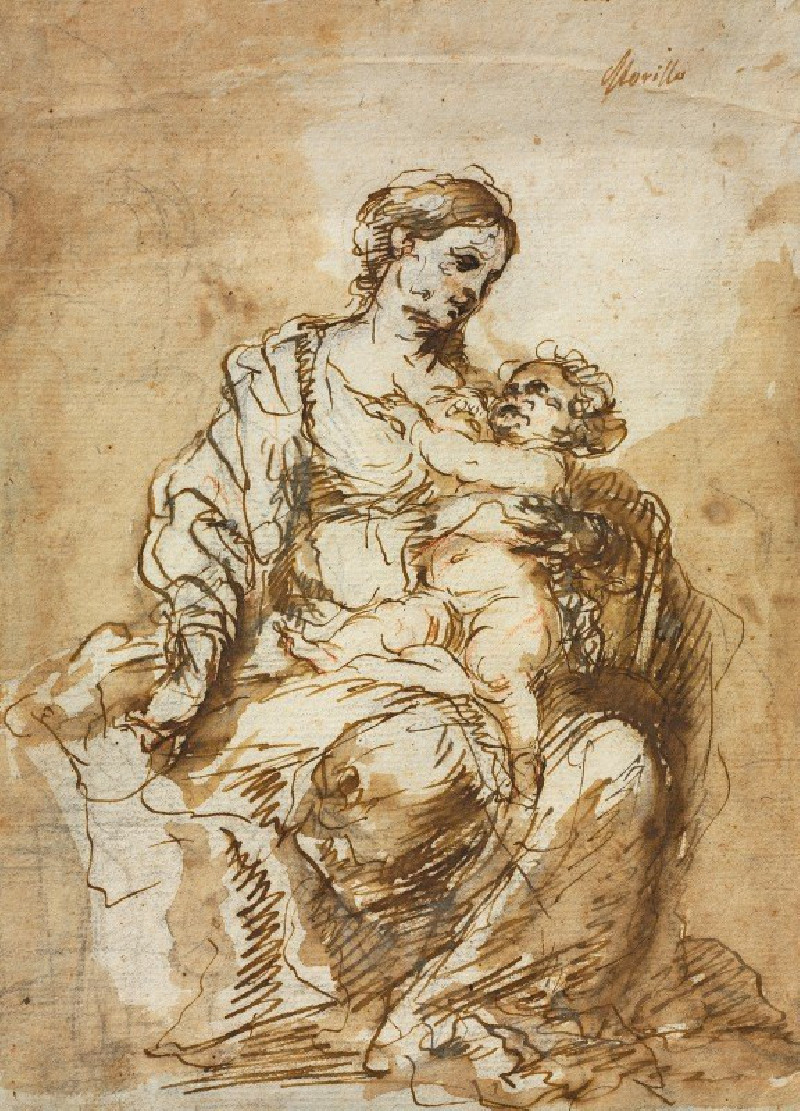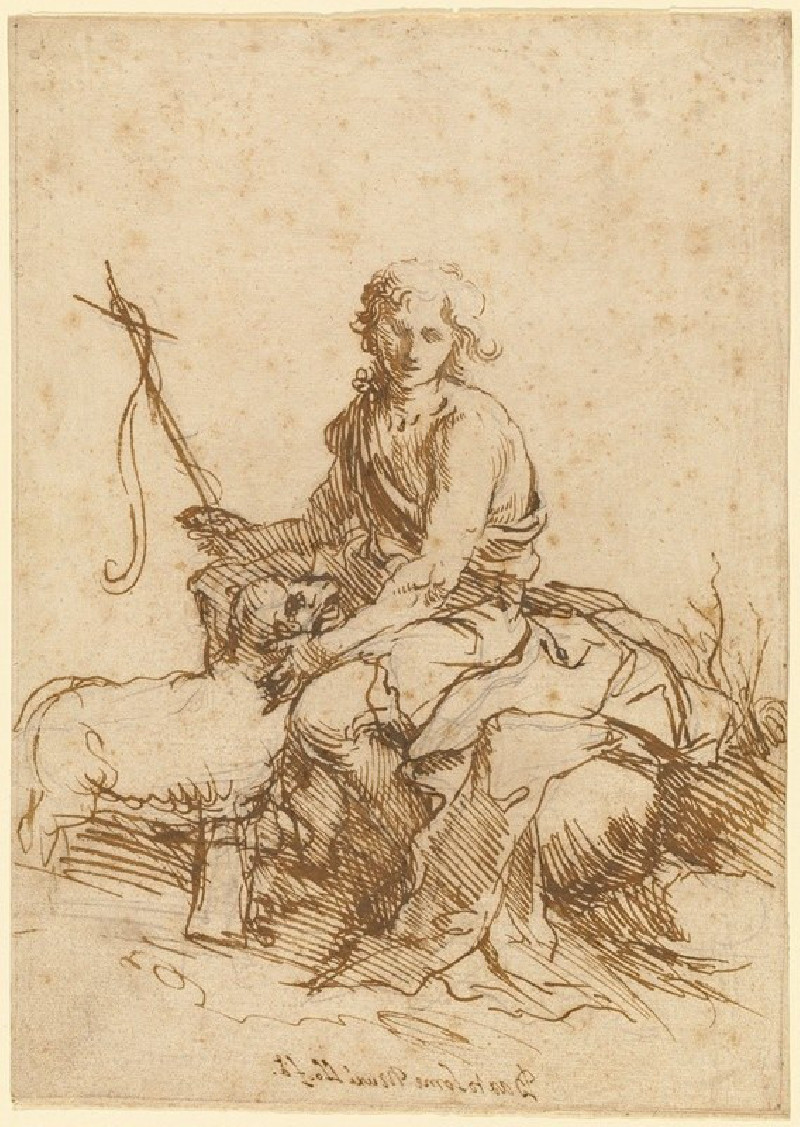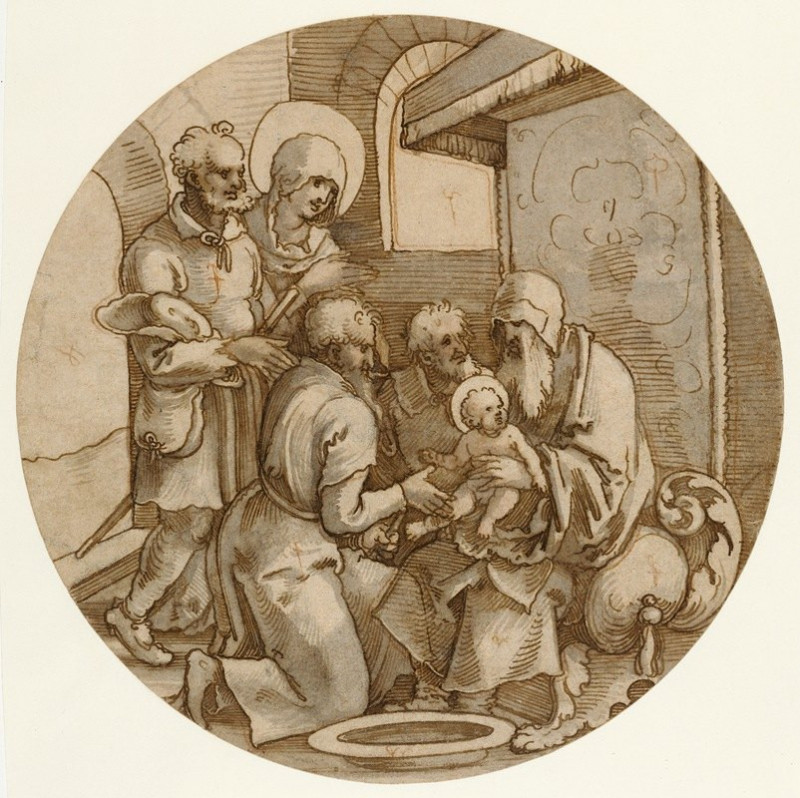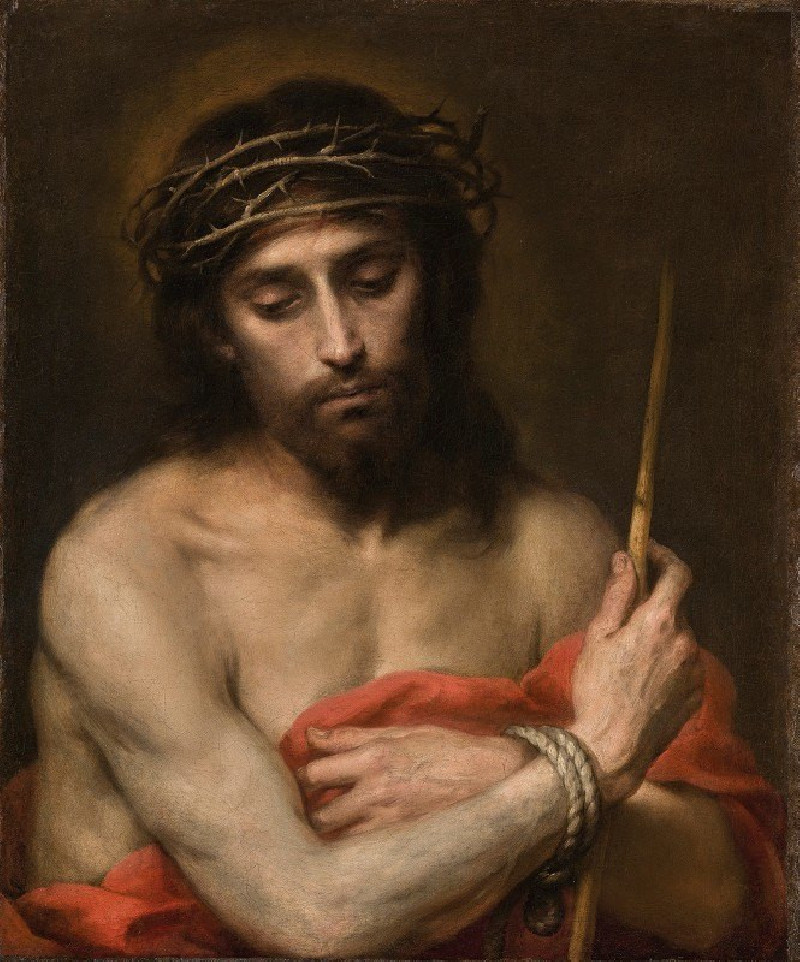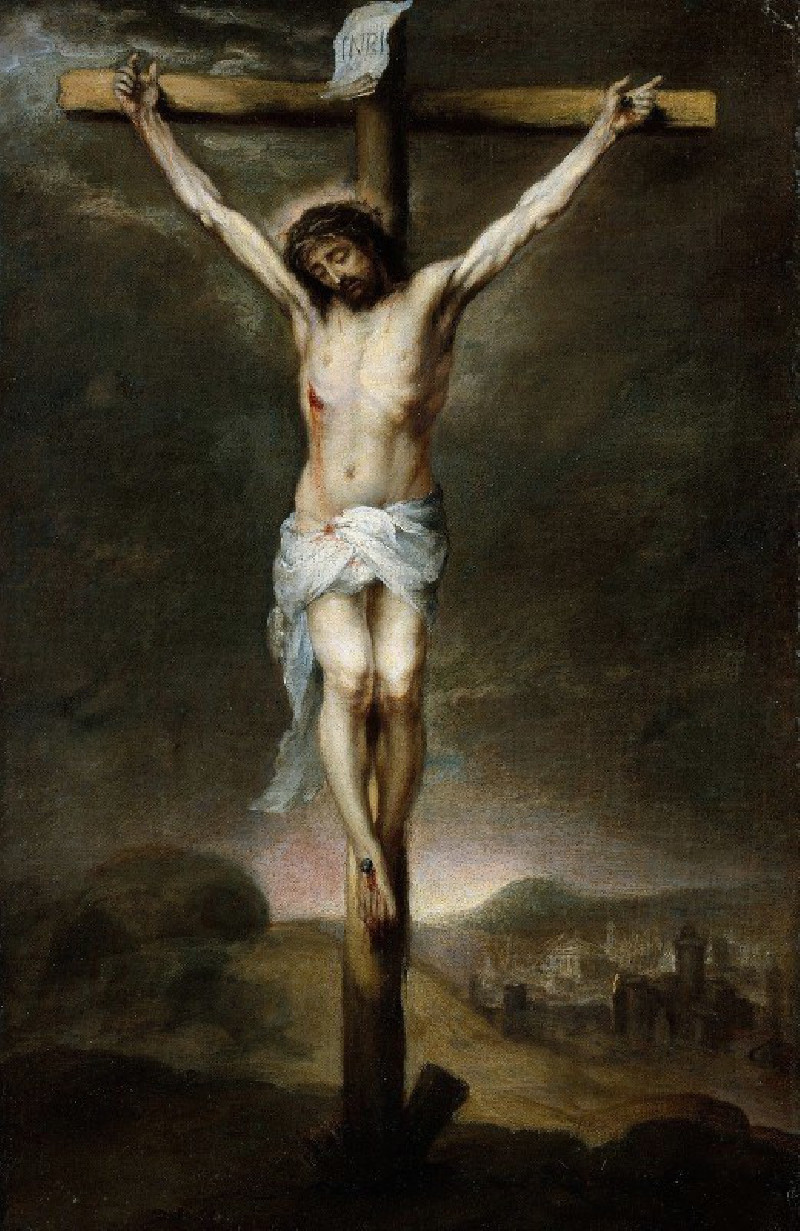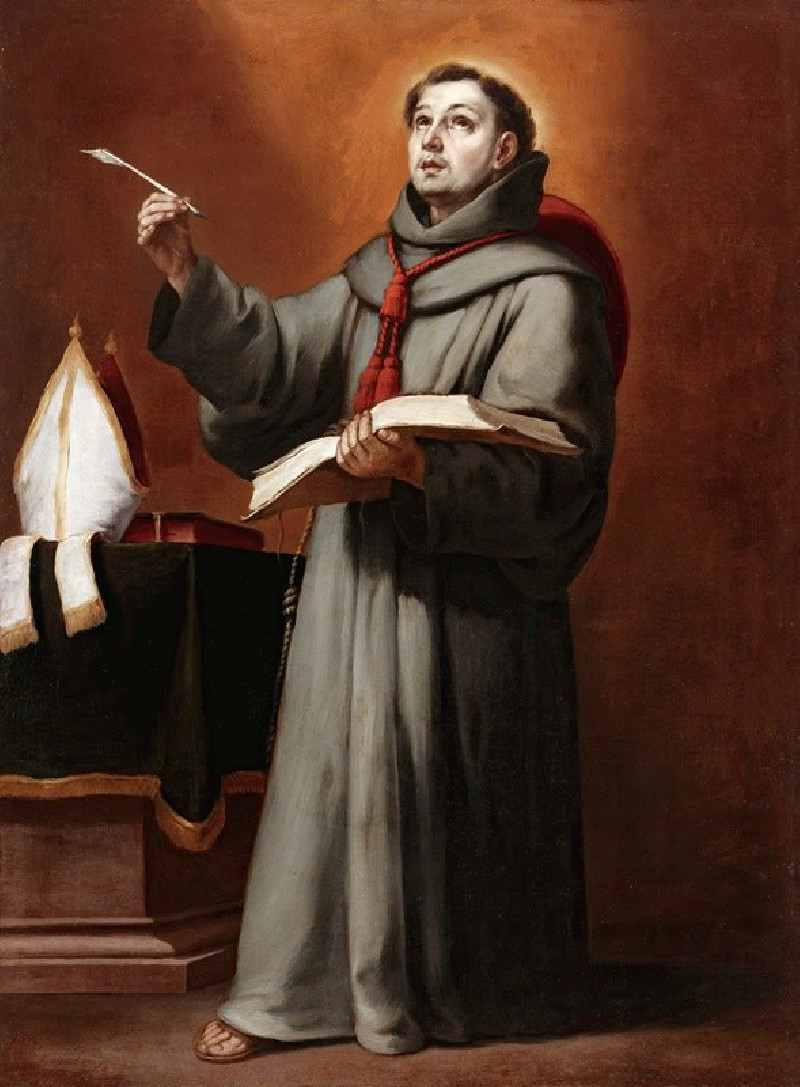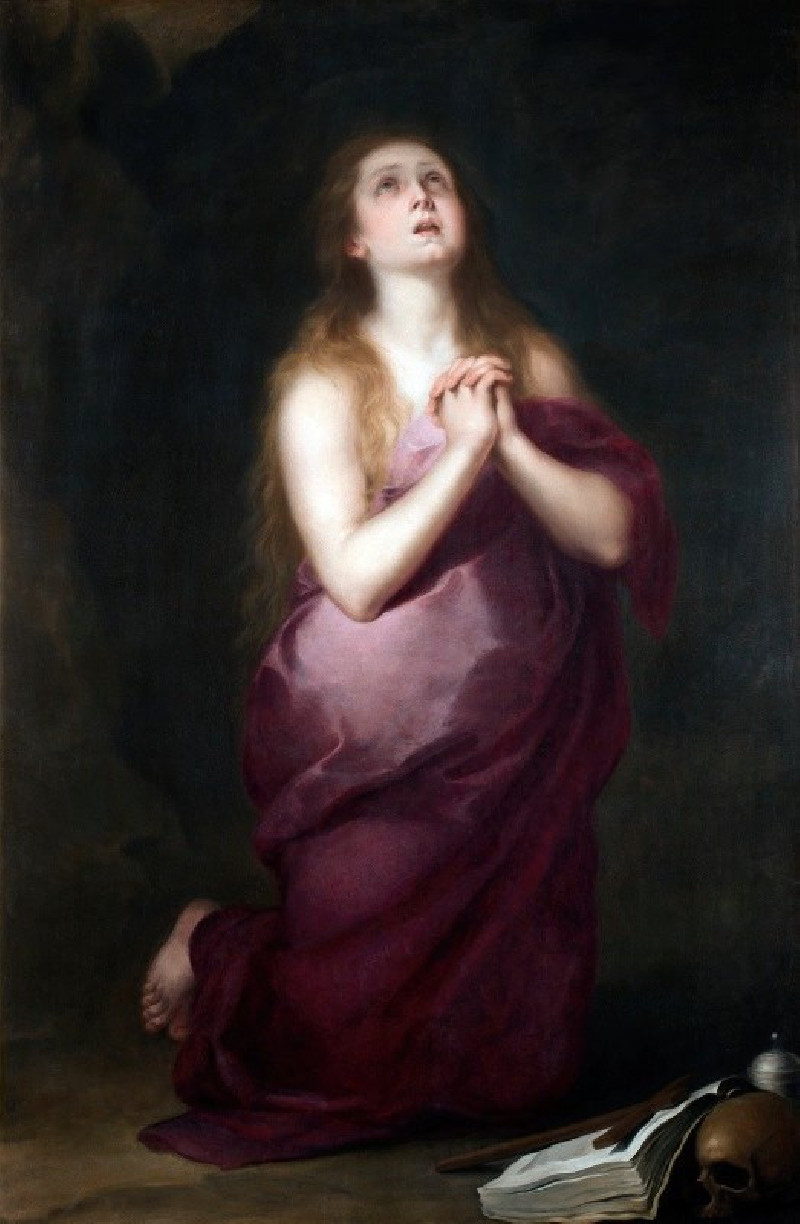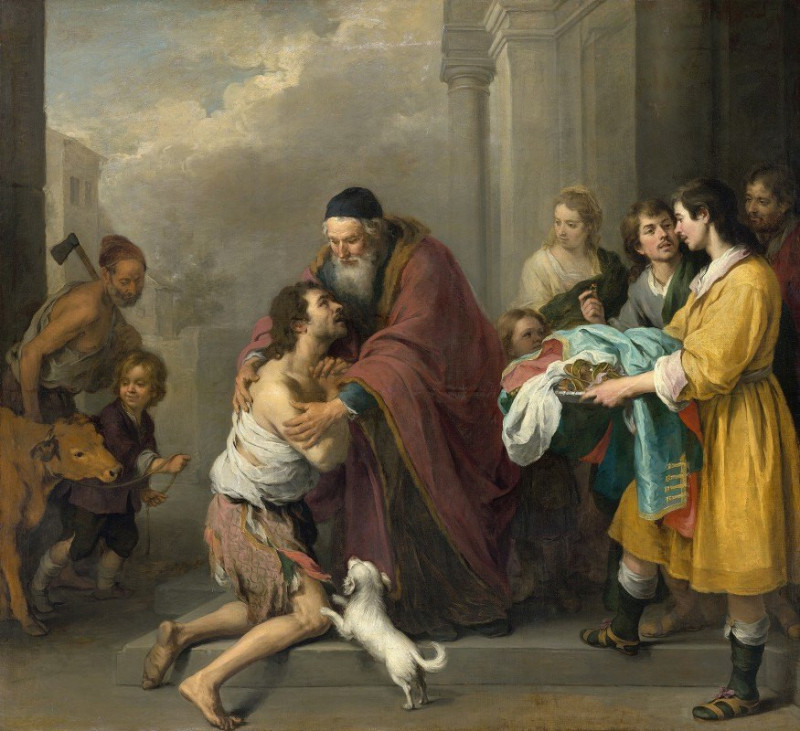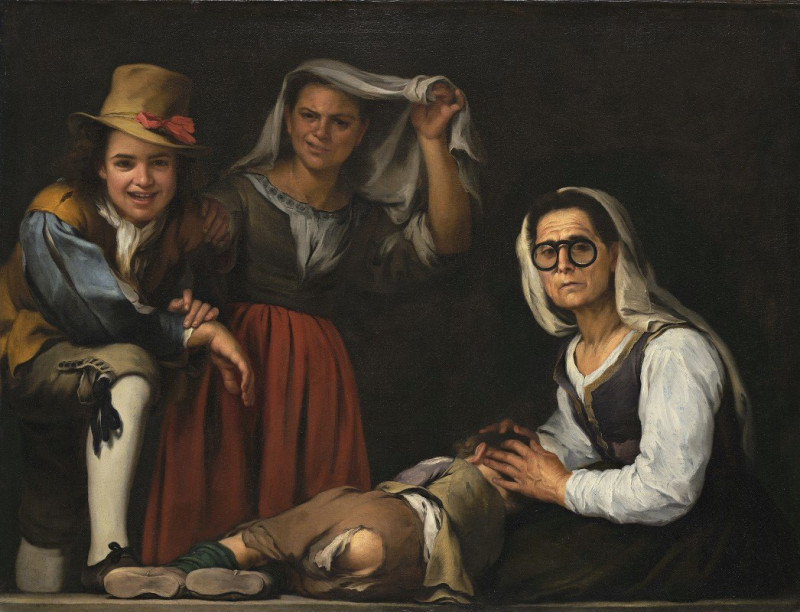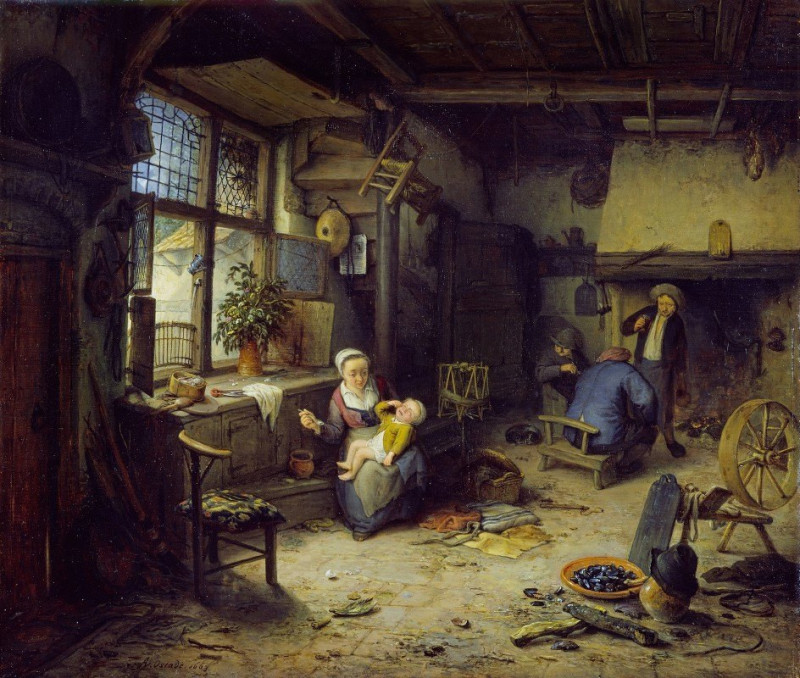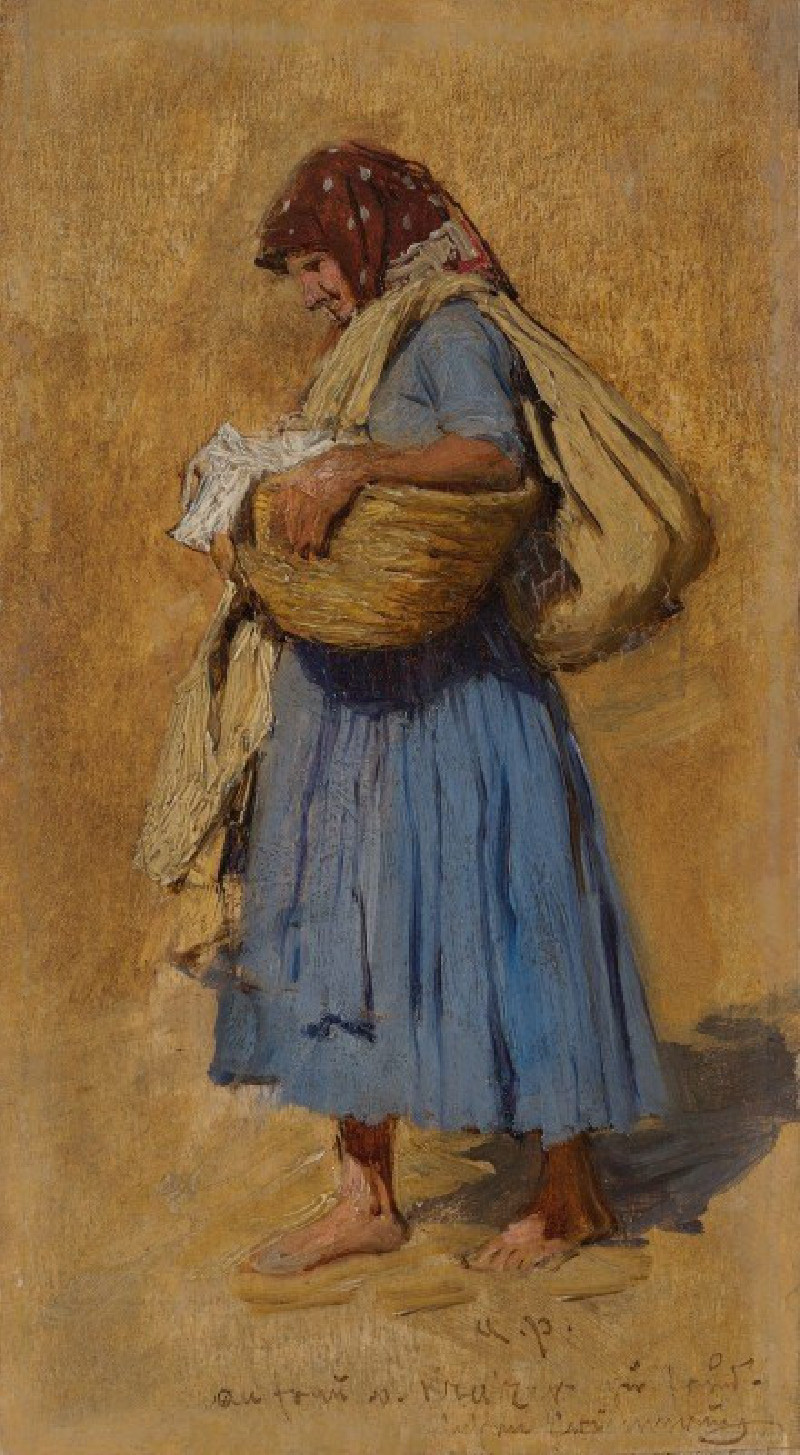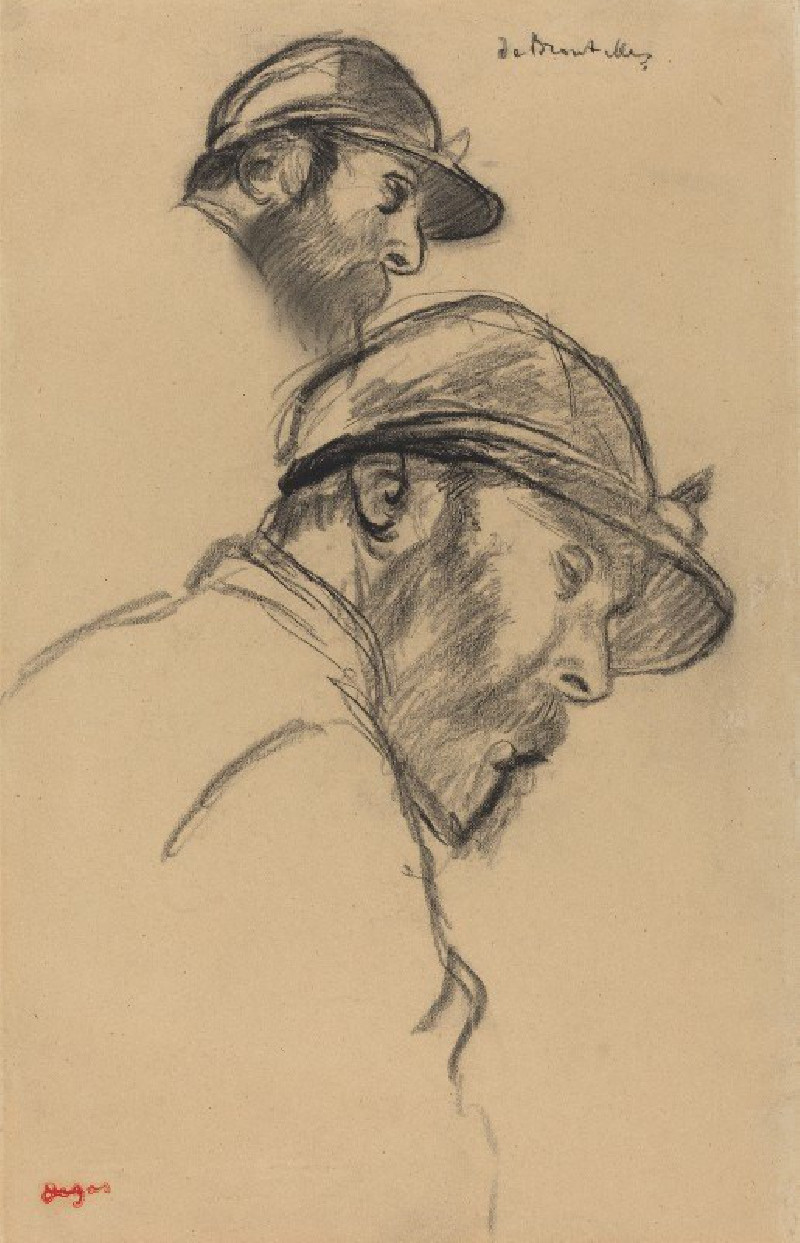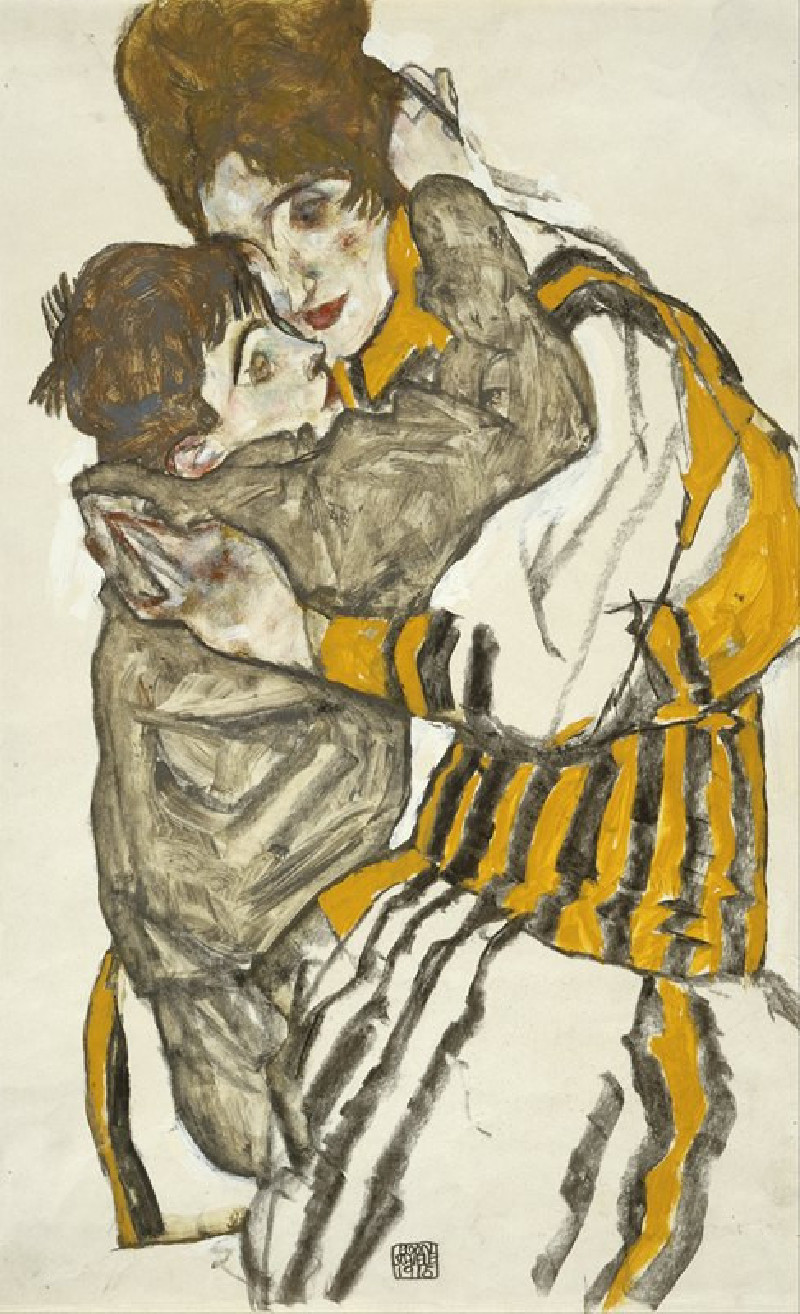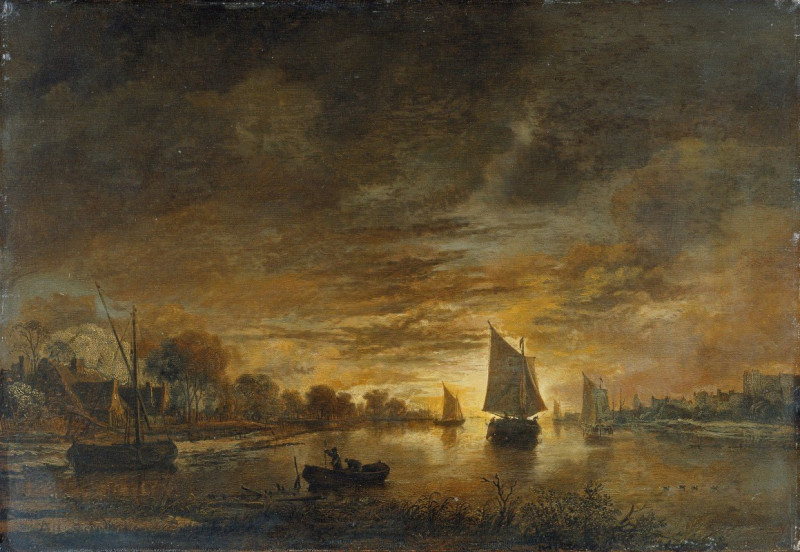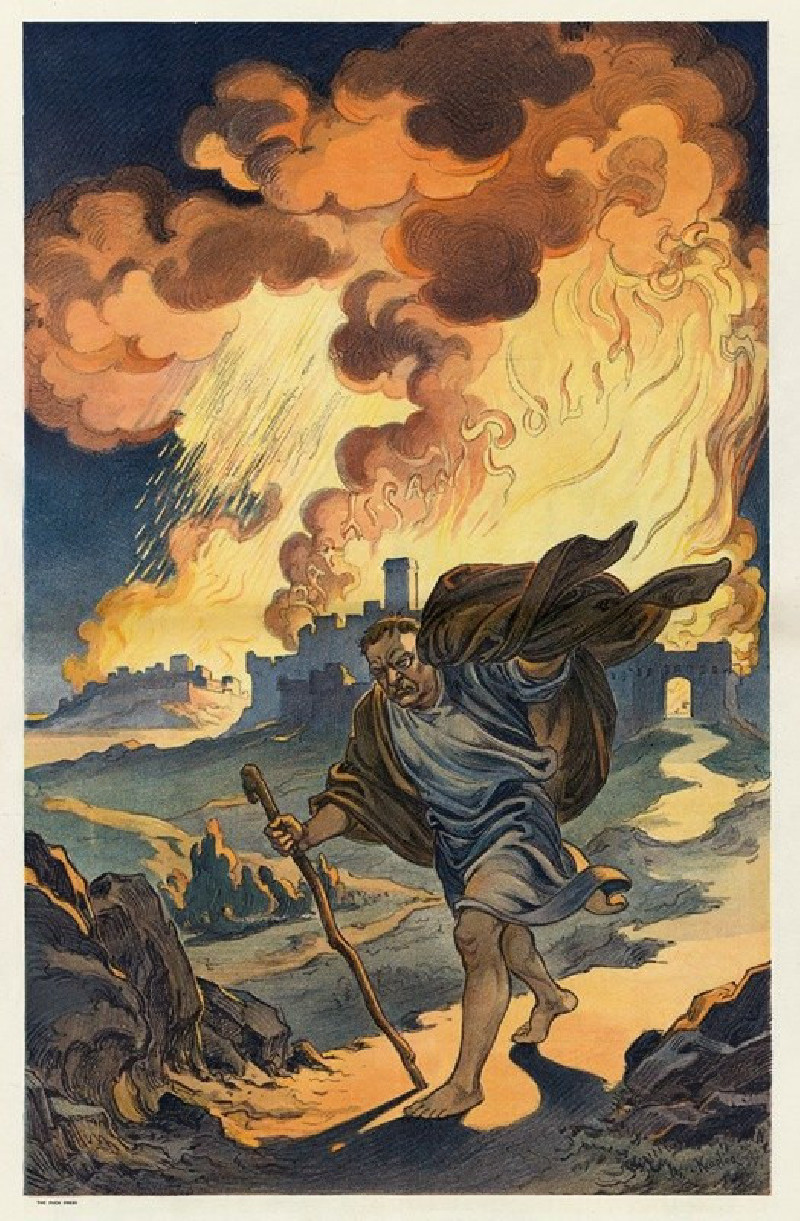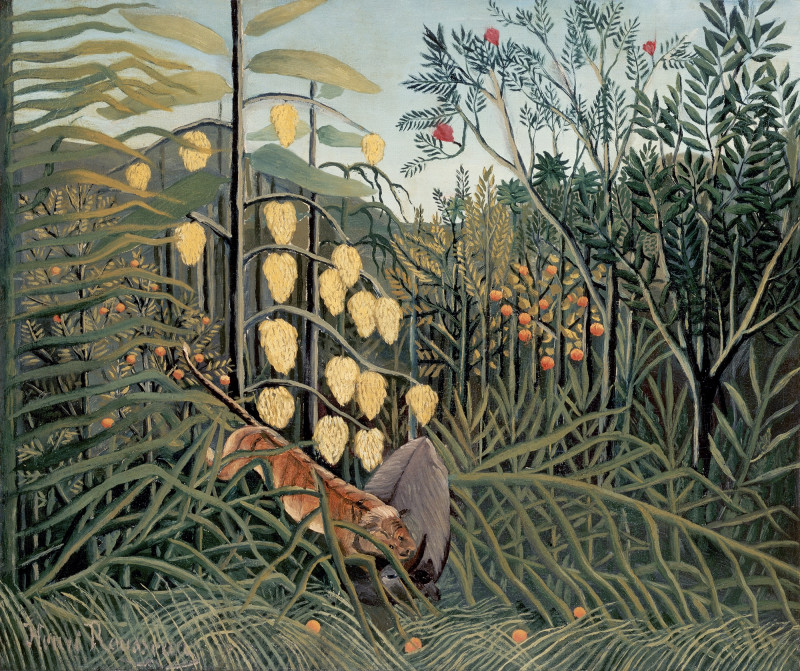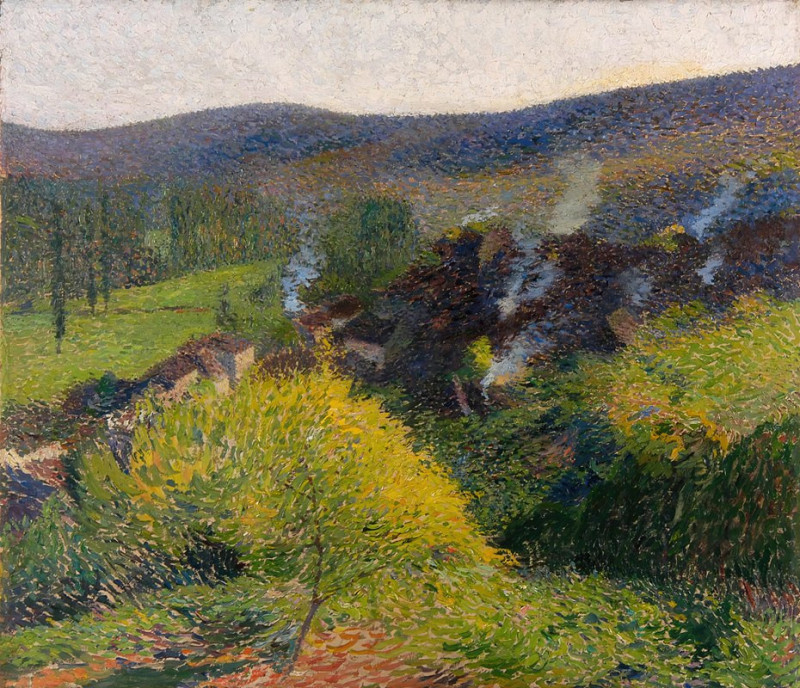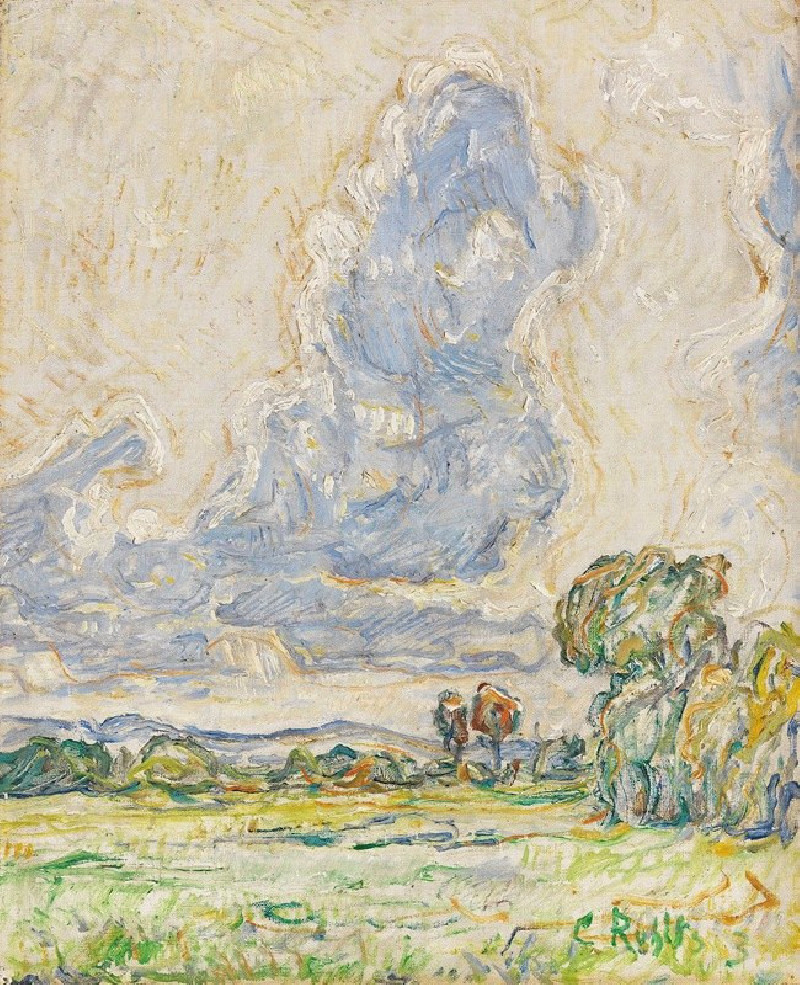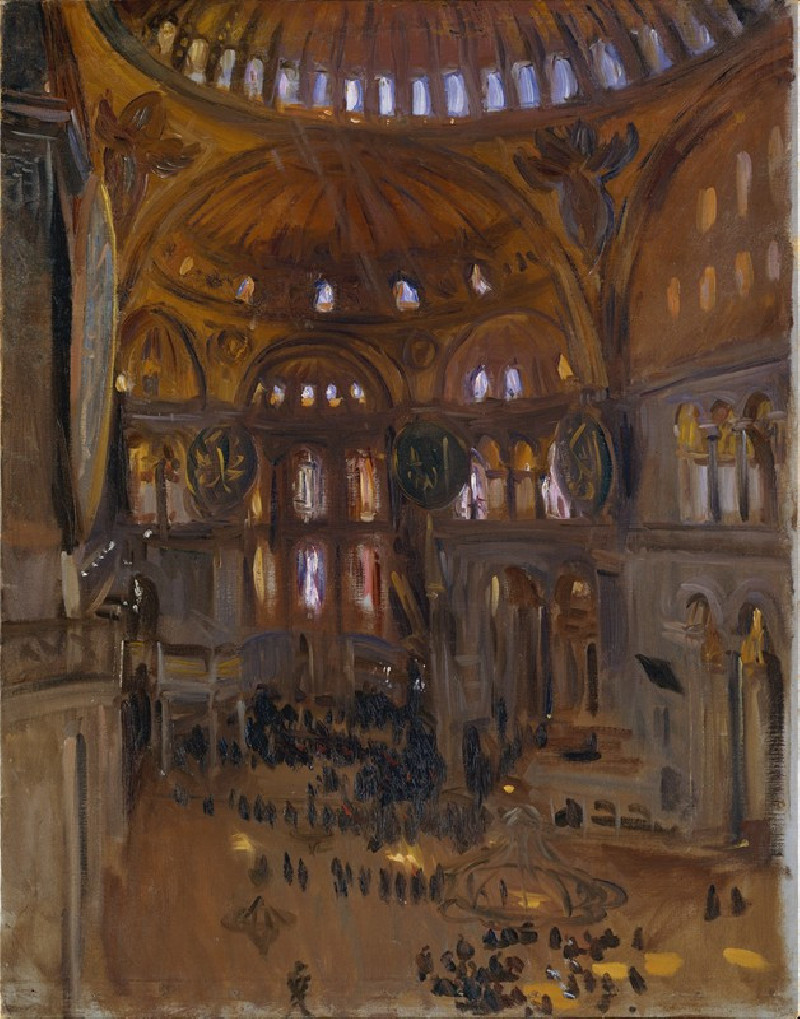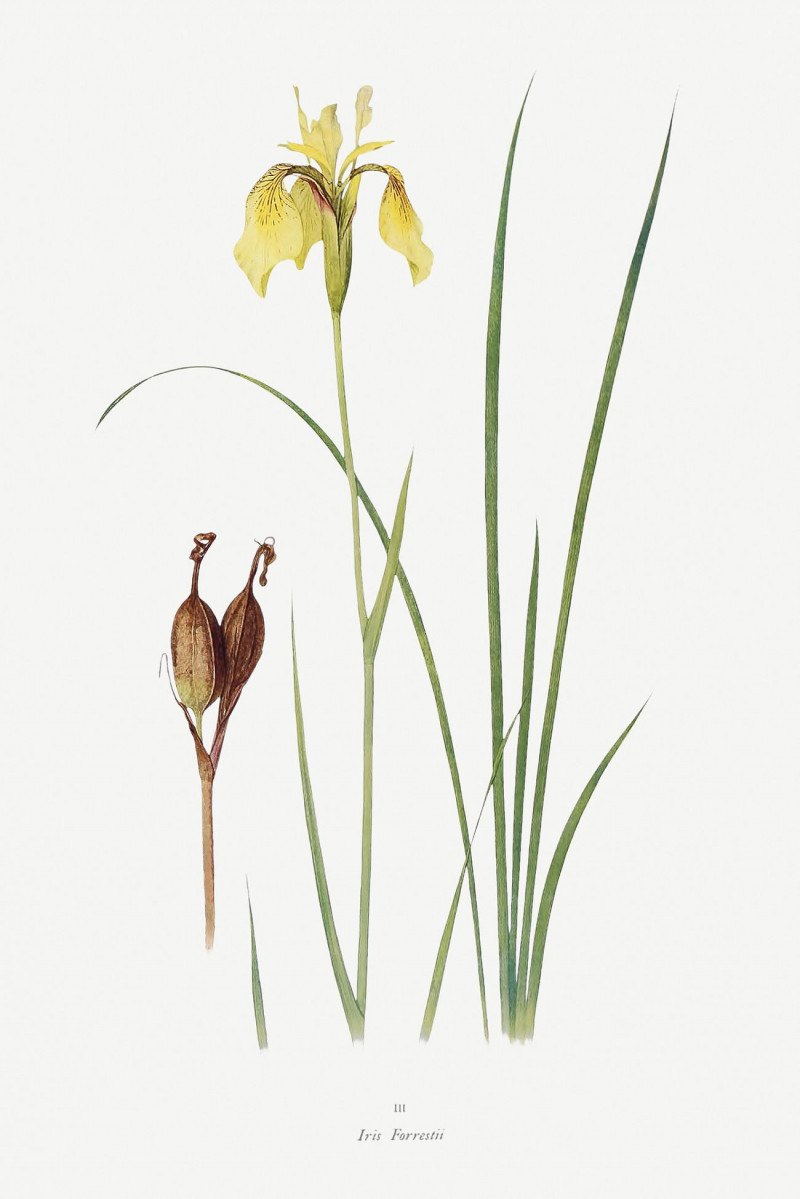The Christ Child as the Good Shepherd (1675–1680)
Technique: Giclée quality print
Recommended by our customers
More about this artwork
We invite you to explore a delicate yet profound artistic rendering by Bartolomé Estebán Murillo, titled "The Christ Child as the Good Shepherd." This drawing, created between 1675 and 1680, presents a touching portrayal of the Christ Child envisioned in the role of a shepherd, a theme resounding with allegorical significance that spans centuries.Murillo’s sketch beautifully captures the tender innocence and divine qualities of the Christ Child, with loosely flowing lines that provide both a gentle and a lively appearance. His curly hair and engaging eyes draw the viewer into a moment of serene contemplation. The Christ Child is sketched holding a small staff, a traditional attribute of a shepherd, symbolizing guidance and protection. This directly aligns with the theological view of Christ as a spiritual shepherd to his followers, leading and safeguarding their souls.Despite the simplicity of its execution, the drawing radiates warmth and devotion, typical of Murillo's works, focusing on religious and everyday themes that speak directly to the human spirit. This particular piece encompasses not just religious reverence but a universal appeal to compassion and care for others, virtues embodied by the shepherd's role. Its historical and artistic value makes this work a treasured piece in understanding the Baroque period's religious art and Murillo's remarkable contribution to it.
Delivery
Returns
Bartolomé Esteban Murillo (December 1617, January 1, 1618 – April 3, 1682) was a Spanish Baroque painter. Although he is best known for his religious works, Murillo also produced a considerable number of paintings of contemporary women and children. These lively realistic portraits of flower girls, street urchins, and beggars constitute an extensive and appealing record of the everyday life of his times. He also painted two self-portraits, one in the Frick Collection portraying him in his 30s, and one in London's National Gallery portraying him about 20 years later. In 2017–18, the two museums held an exhibition of them.


